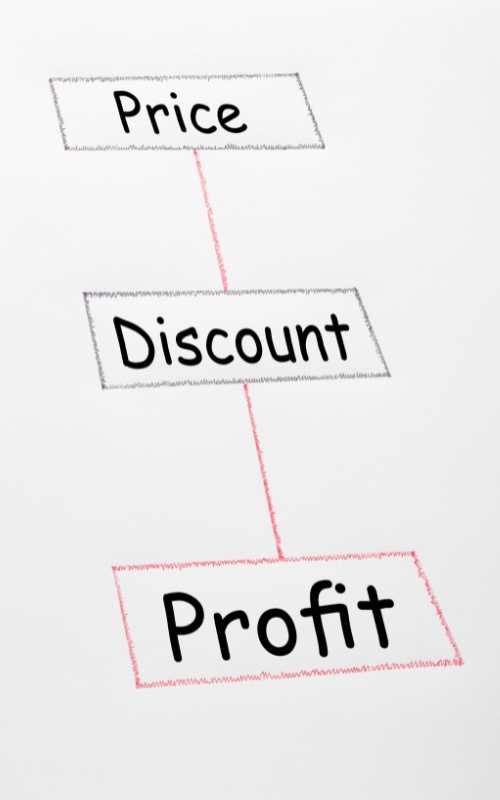Some brands are hesitant to implement minimum advertised price policies (aka MAP policies) because they're worried it will negatively impact top-line sales. It’s an understandable concern. But before we discuss that, let’s review the main objectives of a MAP pricing strategy. Brands implement MAP policies for a variety of reasons, the most common of which are:

Consistent Profit Margins.
Retailers agree to pay the brand its wholesale price because they expect to make a minimum profit margin. High discounting removes the profit motive and negatively impacts customer relationships.
Level Playing Field.
The cost structures of brick-and-mortar retailers vs. ecommerce retailers are very different; with lower costs skewing toward the ecommerce side. That gives online sellers an unfair advantage that allows them to make more money even if they discount.
Consumer Confidence.
Inconsistent pricing and high discounts make consumers feel insecure about their purchases. This can cause them to turn to competitors with more effectively managed pricing and distribution.
Maintain Brand Value.
Much of branding is driven by perceived value, and price is a large component of that. Heavy discounting can shift the perception of a luxury brand into a commodity item.
Since MAP is a “policy” that is unilaterally established by the brand owner, it is not legally enforceable. Compliance is accomplished through penalties to customers that don’t adhere to the policy (i.e., they advertise the products below the allowable price). The most common consequences of non-compliance are loss of credit terms, loss of discounts and/or advertising allowances, account suspension, and, in the most severe occasions, account termination.
Does Implementing MAP Hurt Sales?
Clearly, the suspension and/or termination of an account would reduce top-line sales. However, to decide against adopting a MAP Policy because of this is wrong thinking for many reasons:
1. Statistically, any decrease in top line revenue due to MAP policy enforcement is a short-term situation. Yes, the brand will be cutting off sellers. But since those sellers were hurting margins, and their disappearance will decrease supply (but not demand), the MAP-compliant merchants will sell more units. As a result, this will increase top line sales in the long run. The more successful sellers are, the more marketing they will do, which, in the long-run will continue increasing gross sales.
2. Similar to accounts that don’t pay their bills, “not all sales are good sales.” If an account is violating a brand’s policy and diminishing the brand perception through heavy discounting, then those were bad dollars that would hurt top line sales in the long-run.
3. Brand-building is a long-term proposition. It doesn’t happen overnight. Therefore, focusing solely on top line revenue is counter to building evergreen products that will maximize a company’s investment.
4. As retail margins stabilize and improve, good retailers become more trusting of the brand and decrease friction when it comes to trying new products.
5. As the number of undesired sellers decreases, authorized sellers make more sales.
6. Consistent pricing increases consumer loyalty as people feel more confident in the quality of what they are purchasing.

Although in the beginning a brand may see a decrease in sales, in the long-run the reverse is true. And what a brand may lose some in short-term revenue is more than made up for in other avenues. Product monitoring and MAP Policy enforcement is no longer as difficult or costly as it used to be. MAPP Trap’s powerful MAP monitoring and MAP enforcement software provides brands with a cost-effective way of keeping tabs on the market and bringing sellers into compliance. Its consultants provide expert guidance and oversight of a brand’s objectives, strategies and overall process.